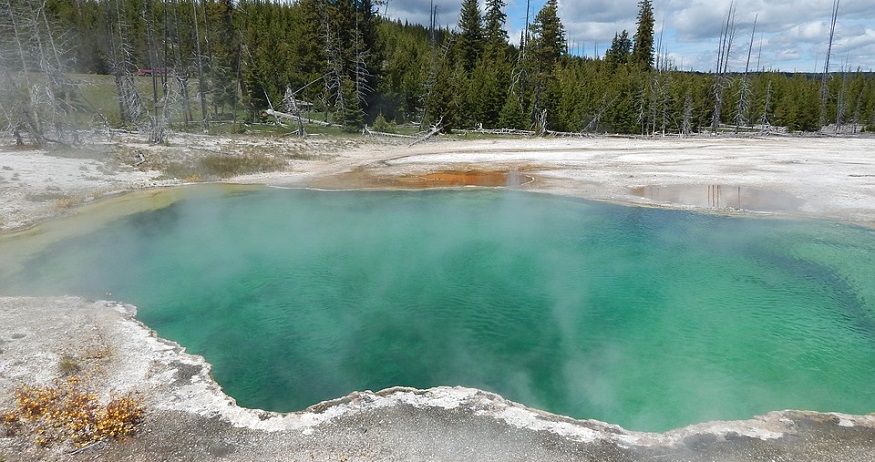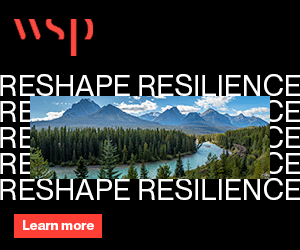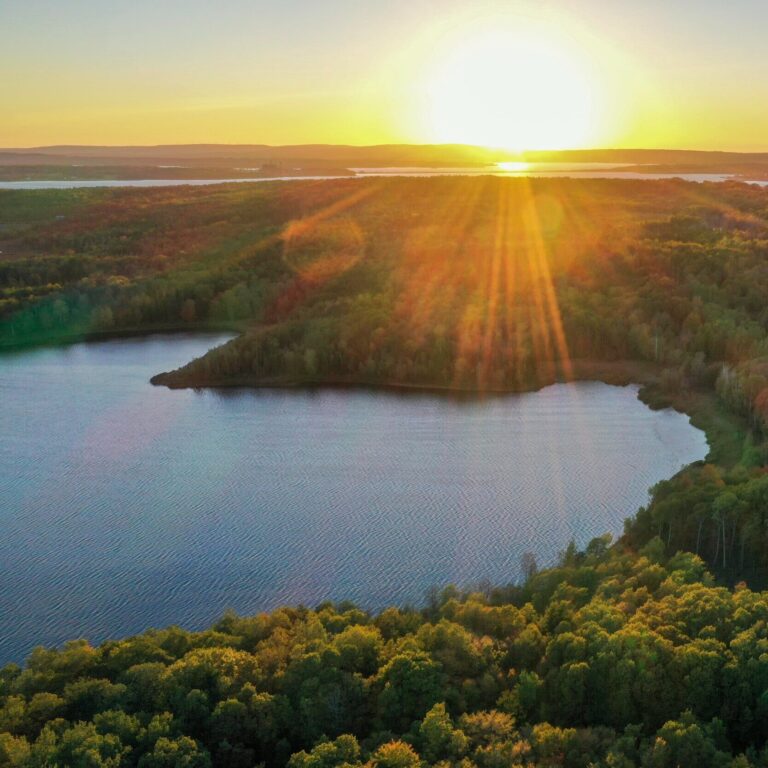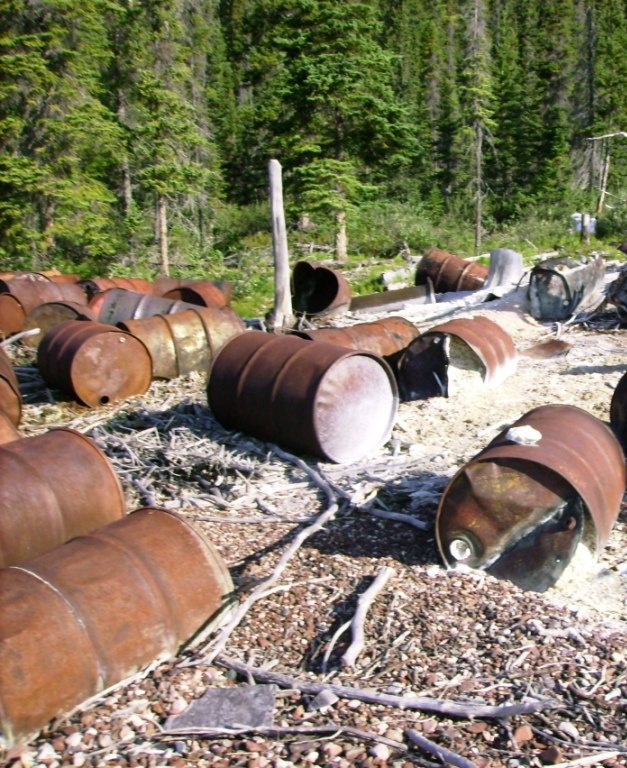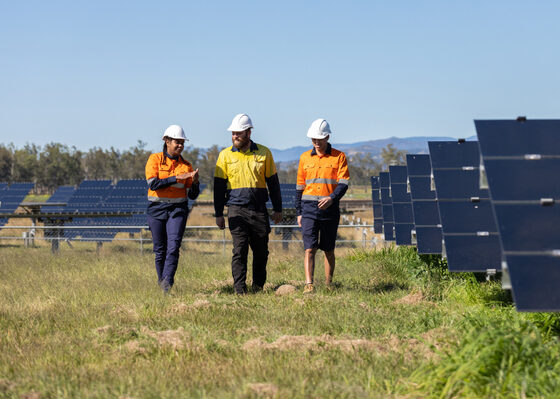Tuesday, October 7, 2025
A new report finds that Canada could become a global leader in geothermal power production, bolstering its economic prosperity, energy security, and climate resilience, but only if provinces act quickly to extend effective regulations across the country.
As the federal government prioritizes fast-tracked energy projects and federal-provincial coordination, geothermal could be part of that foundation if these regulatory gaps are addressed, or be left by the wayside if they’re not.
Groundwork: Regulatory Guidelines for Making Canada a Geothermal Powerhouse —a report from the Cascade Institute—is the first comprehensive analysis of Canada’s fragmented geothermal regulatory landscape compared to international best practices. Lead author Emily Smejkal analyzes frameworks from the world’s top 10 geothermal producers to build a blueprint for effective regulations that provinces and territories can adapt across the country.
 Geothermal power harnesses heat from below the Earth’s surface to generate clean, reliable, always-on electricity.
Geothermal power harnesses heat from below the Earth’s surface to generate clean, reliable, always-on electricity.
The opportunity is massive: Global geothermal investment is projected to reach US$2.5 trillion by 2050, and Canada’s oil and gas drilling expertise provides the country with a natural competitive advantage—if we can trigger a cascade of effective, consistent regulations for geothermal power production across the country
Key report components include:
- Regulatory frameworks from top 10 global geothermal producers to identify key insights for Canada.
- Six overarching recommendations for effective geothermal regulation.
- Model language for geothermal resource definition, ownership, and tenure.
- Implementation guidelines for Canadian jurisdictions.
- Next steps for the development of detailed, “plug and play” model regulations.
The Canadian landscape
Currently, geothermal power production in Canada is minimal. However, three provinces—British Columbia, Alberta, and Nova Scotia—have already implemented geothermal regulations, setting a promising precedent. By harmonizing and extending effective regulations across the country, Canada can leverage its substantial drilling expertise and capacity to develop its geothermal resources efficiently. Establishing a consistent regulatory framework will reduce delays and financial risks for developers, paving the way for a robust geothermal energy sector. This report provides a valuable foundation for Canadian jurisdictions to create and adopt comprehensive geothermal regulations.
Regulations for subsurface resources typically have three key components: resource definition, resource ownership, and resource tenure. These components are found in mining, oil and gas, and water regulations. Geothermal regulations must also rest on these three pillars, clarifying what the resource is, who owns it, and how it can be developed.
For further information, click here.
Featured image credit: Alberta 1 Project

